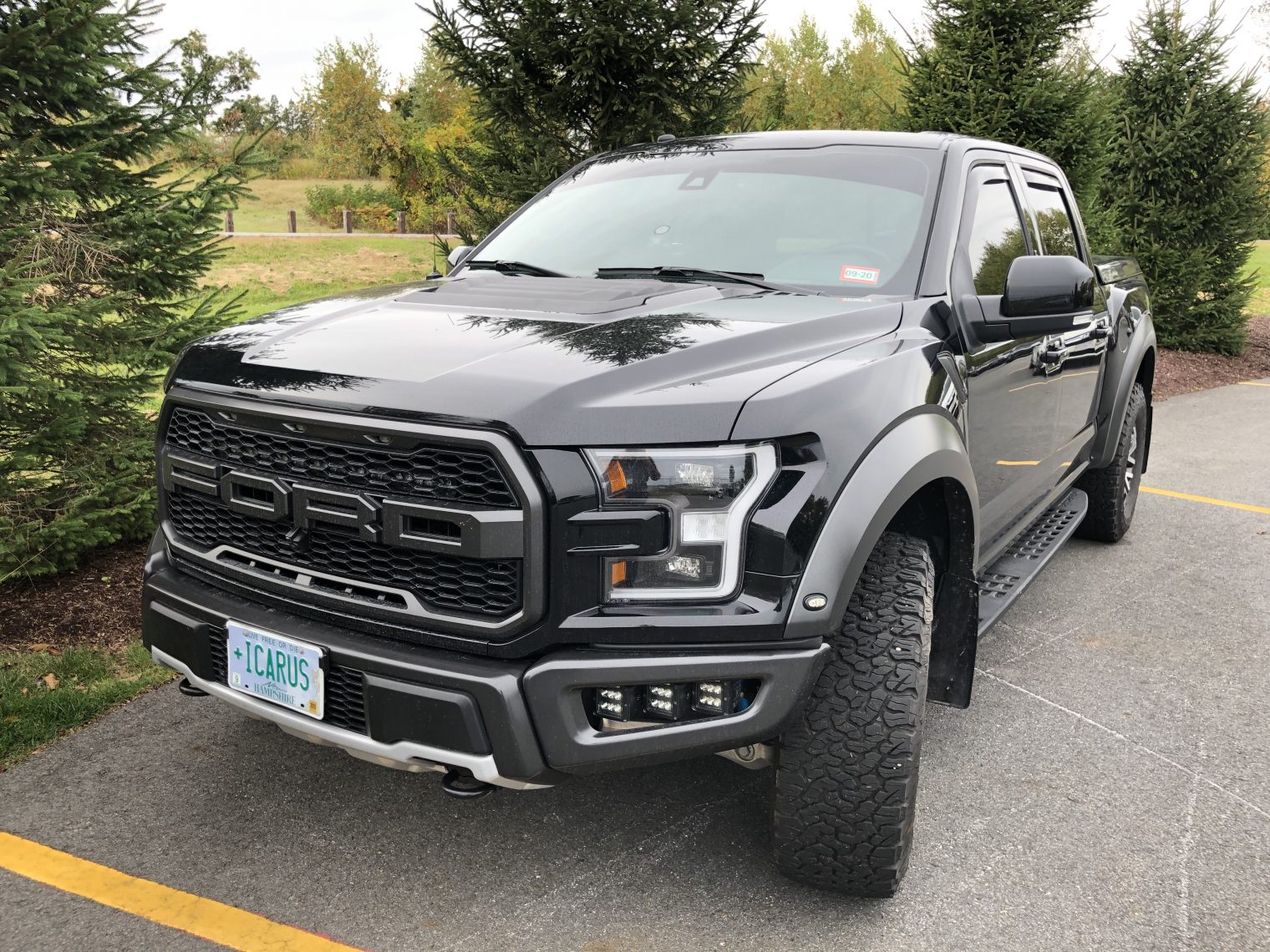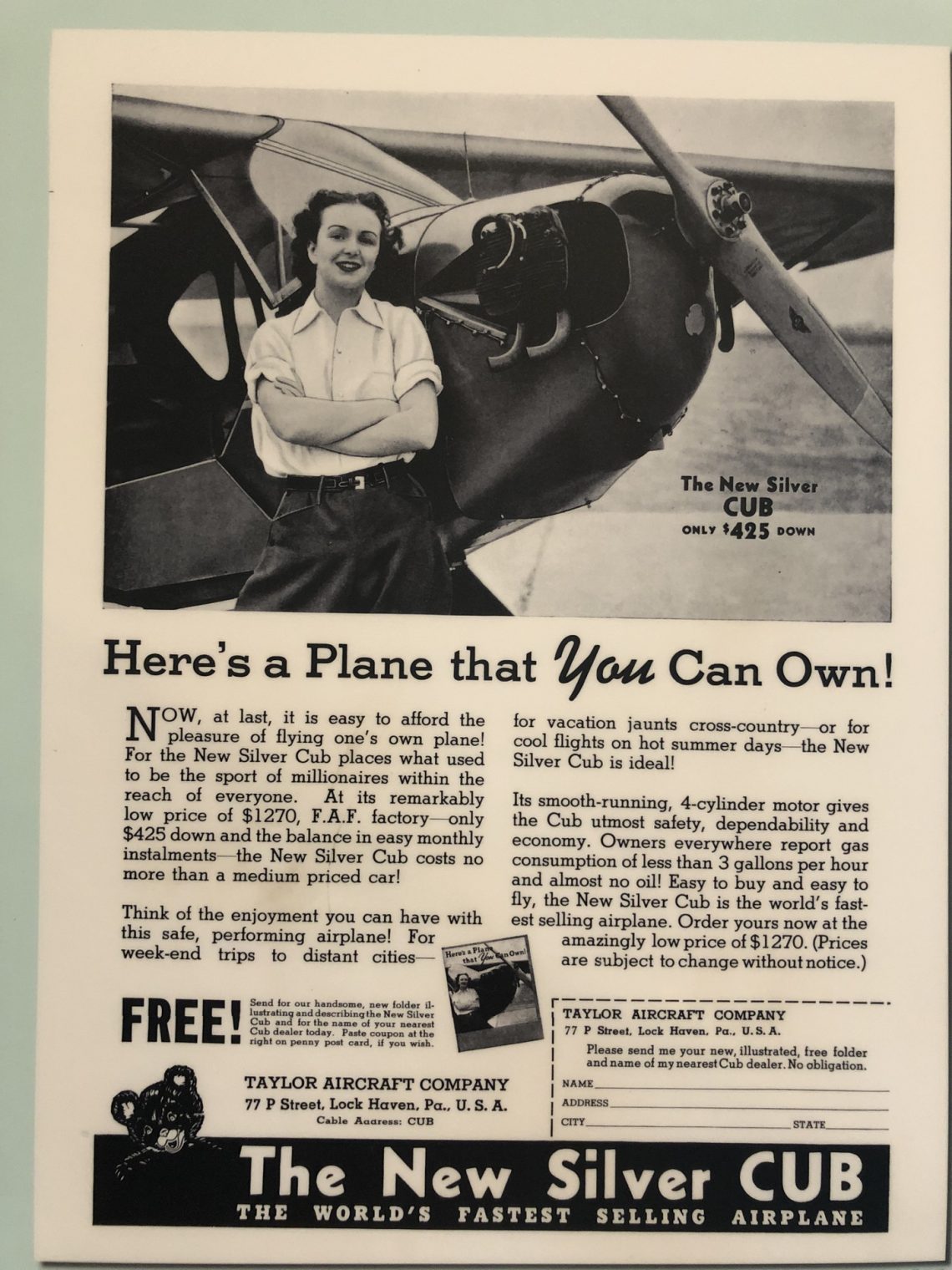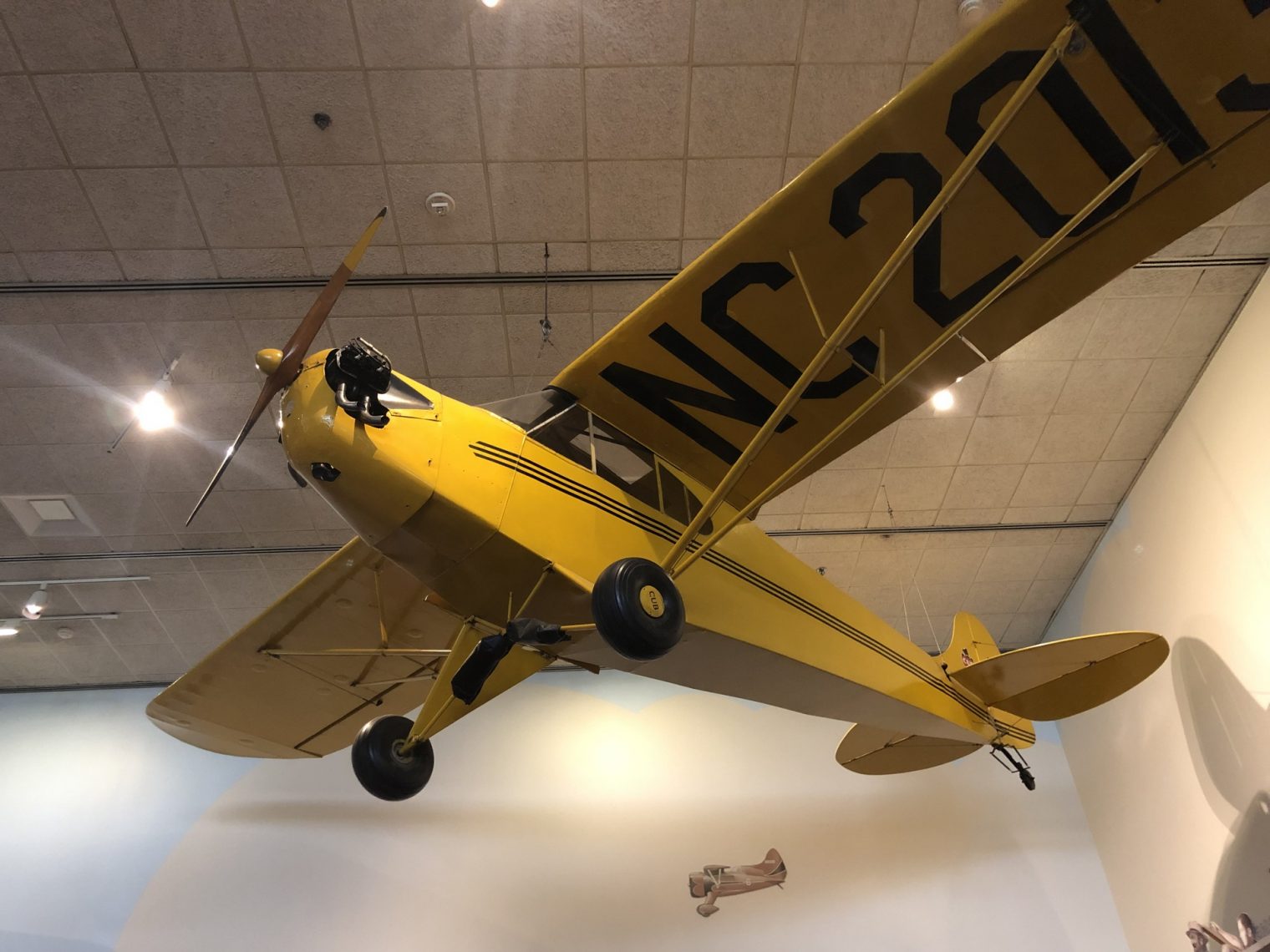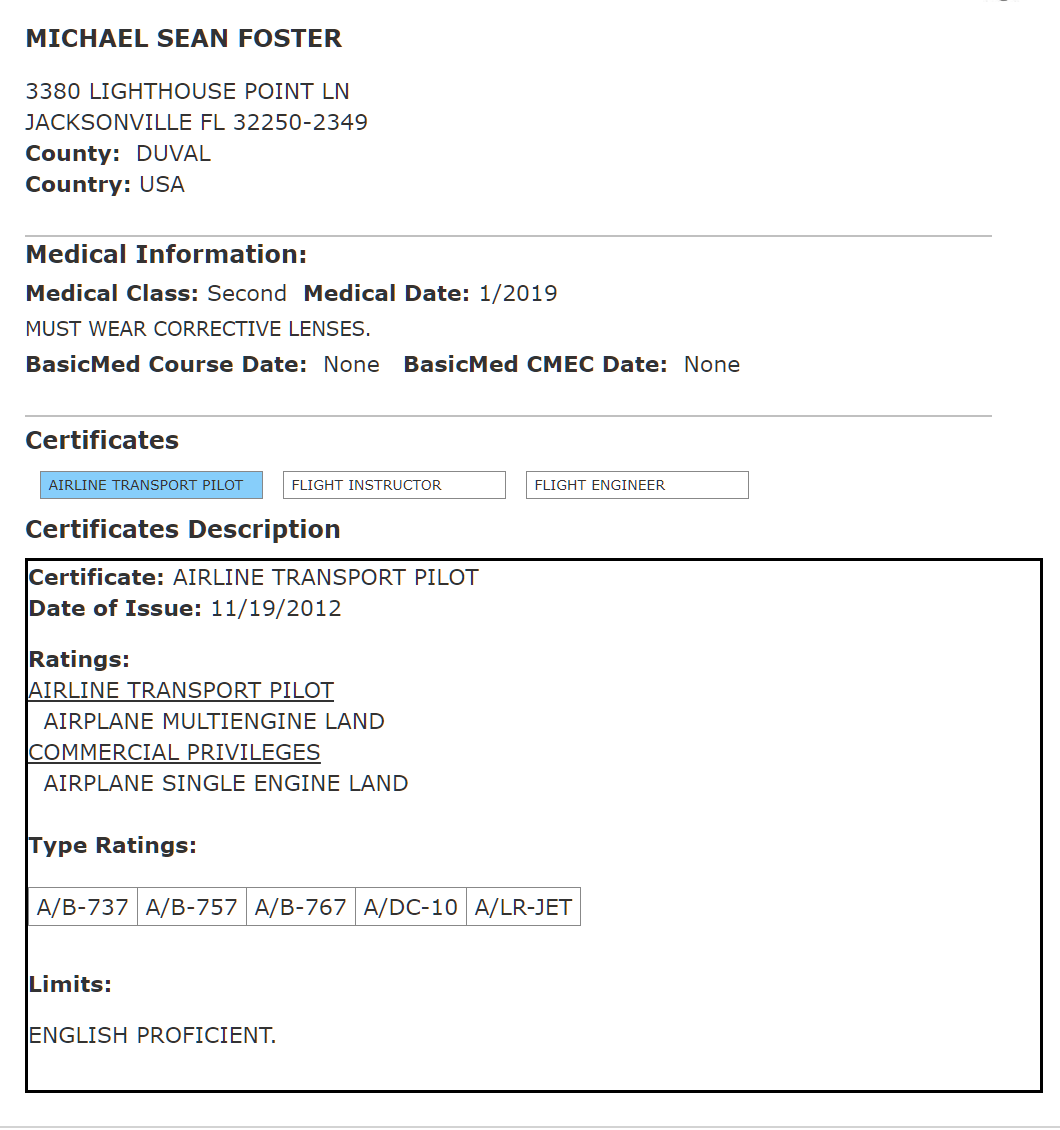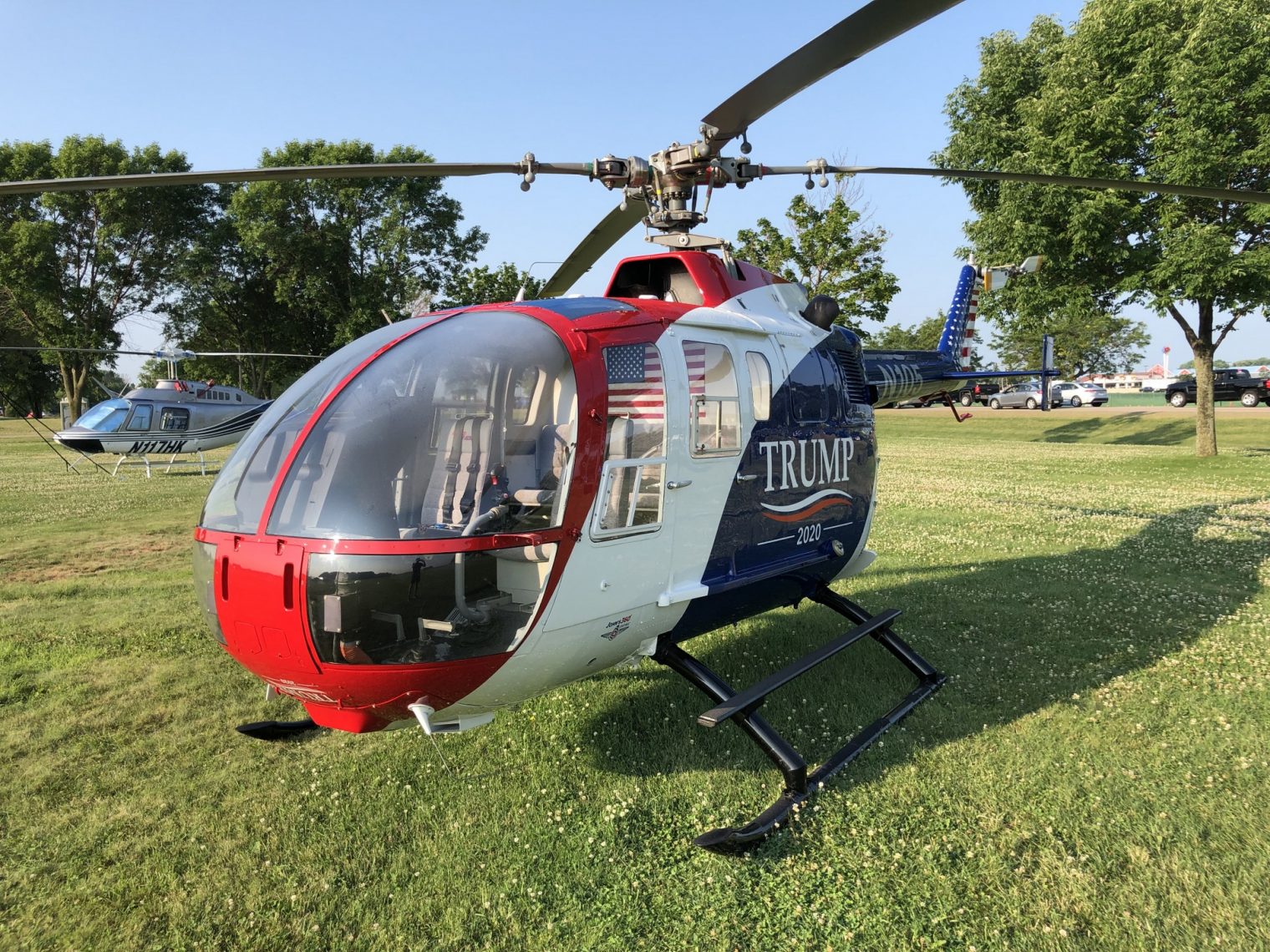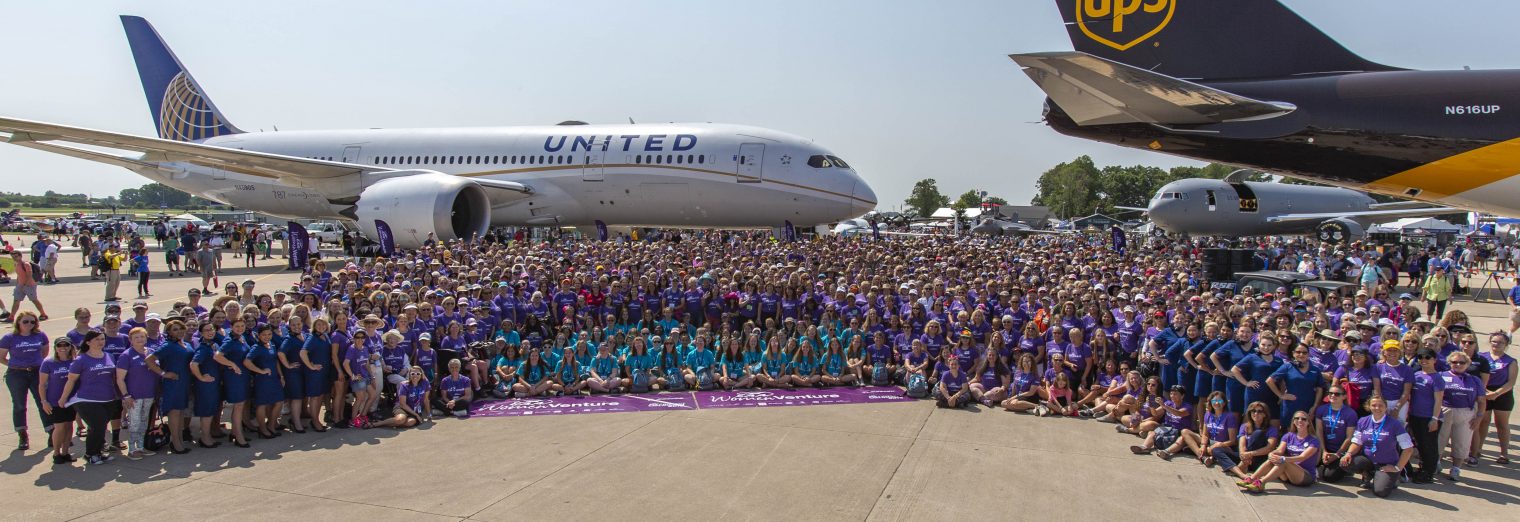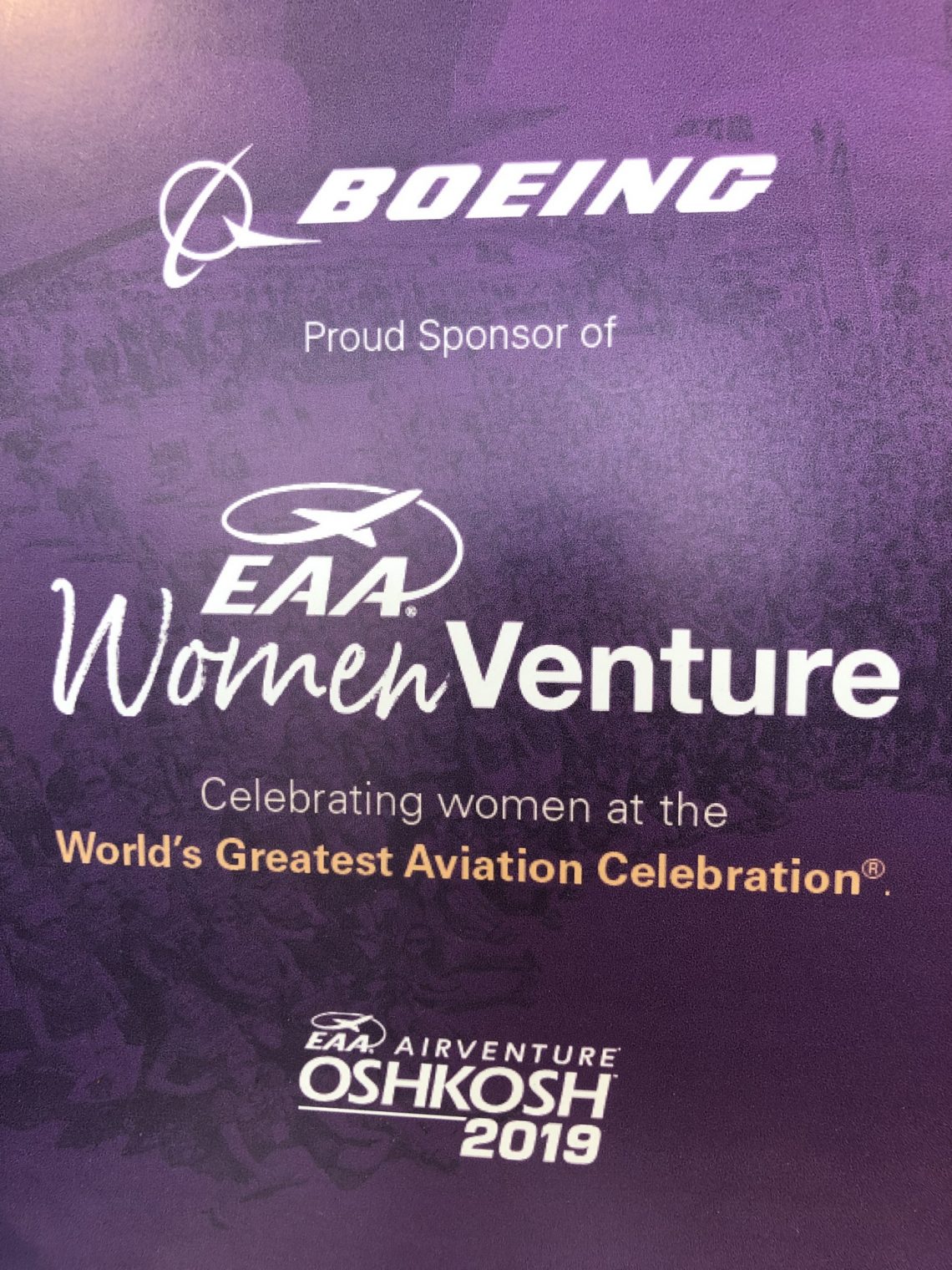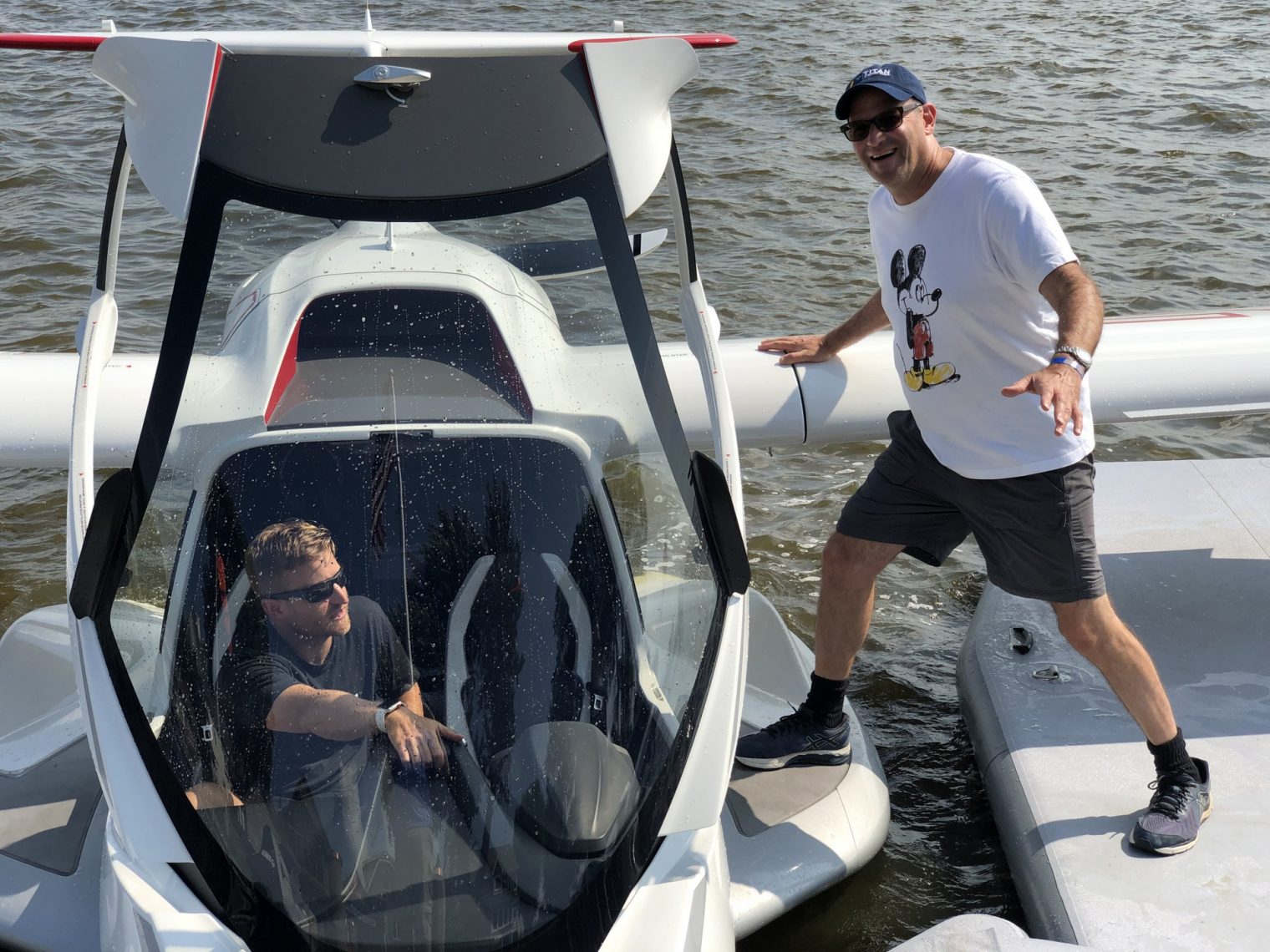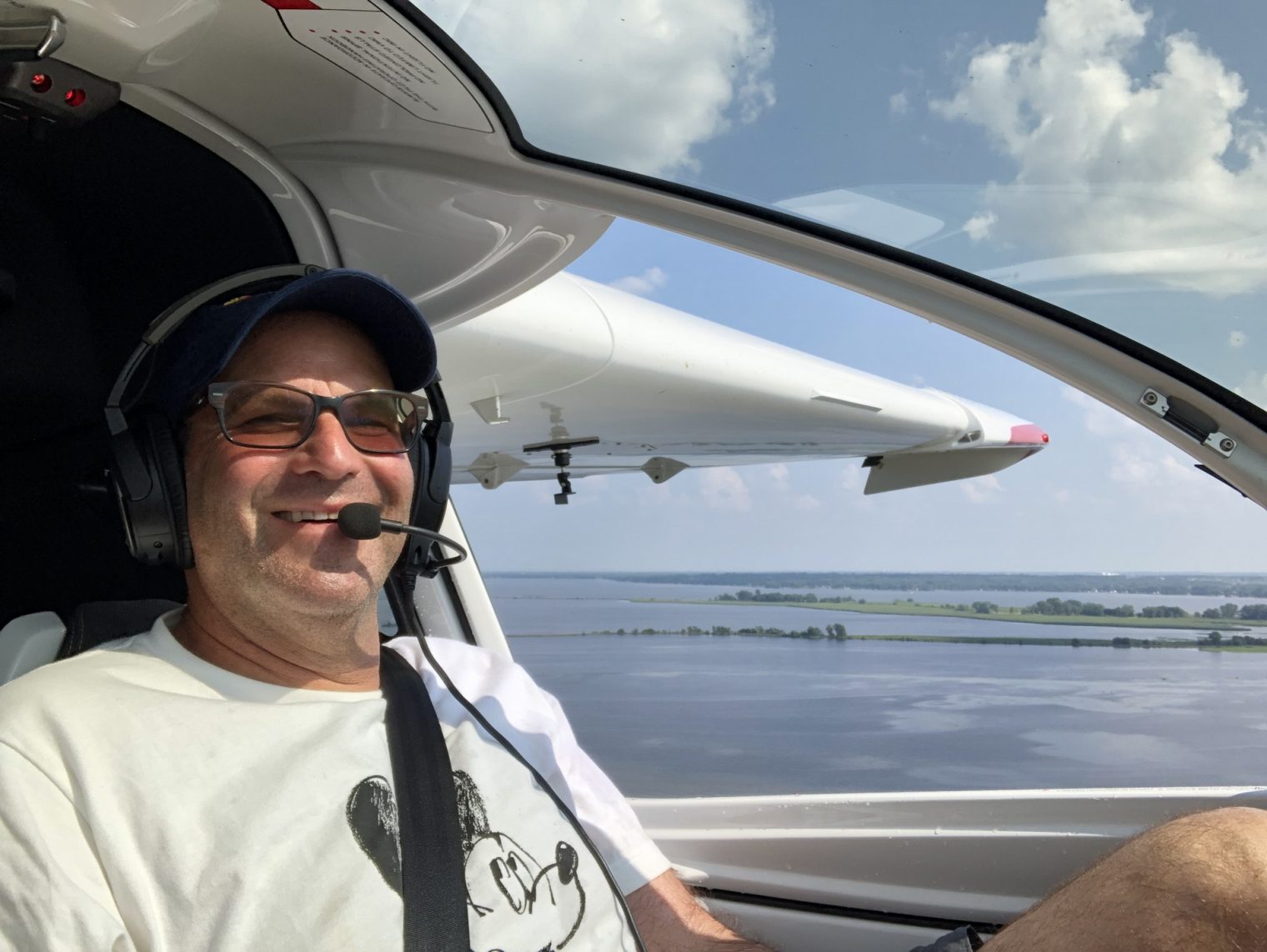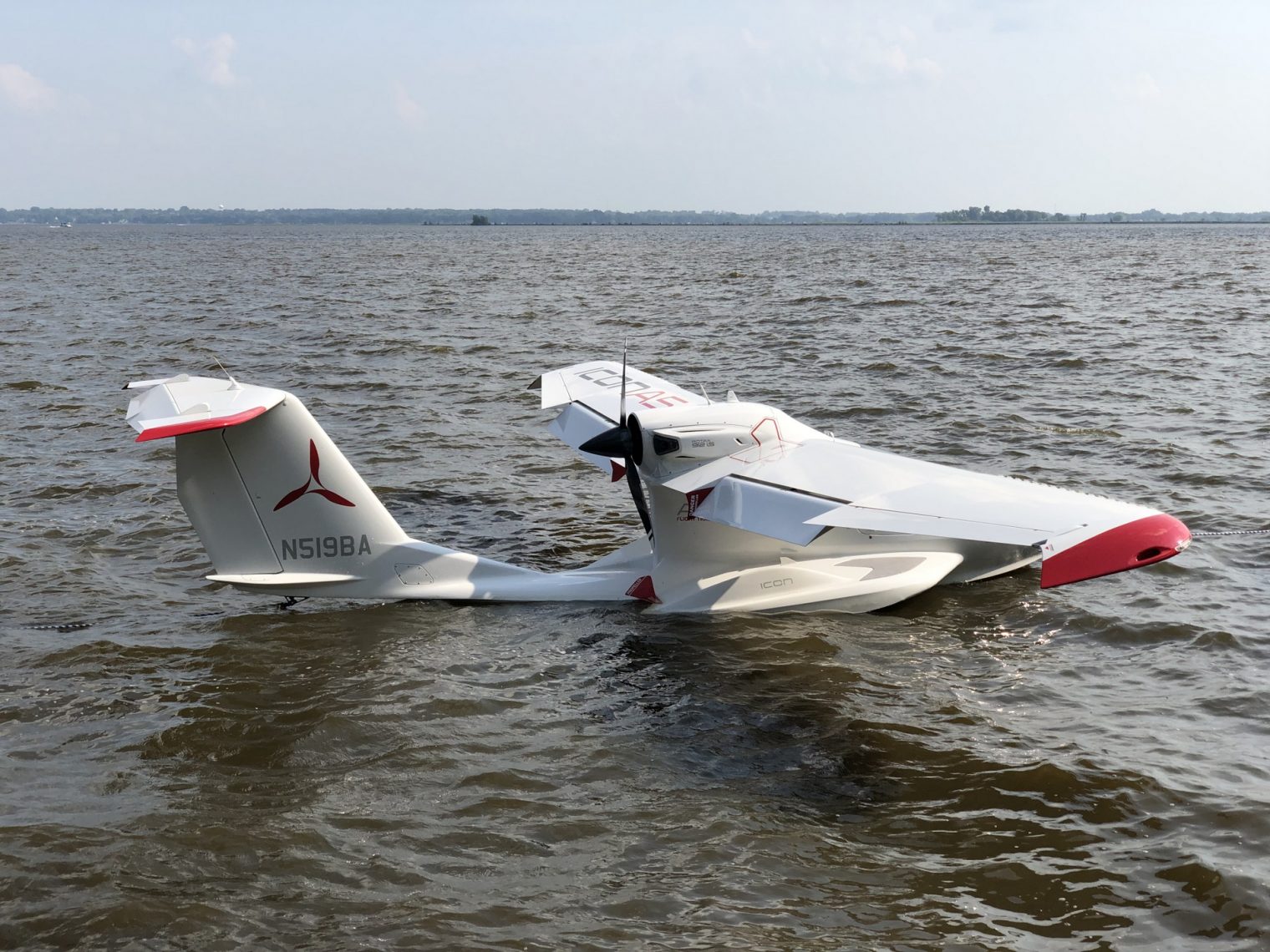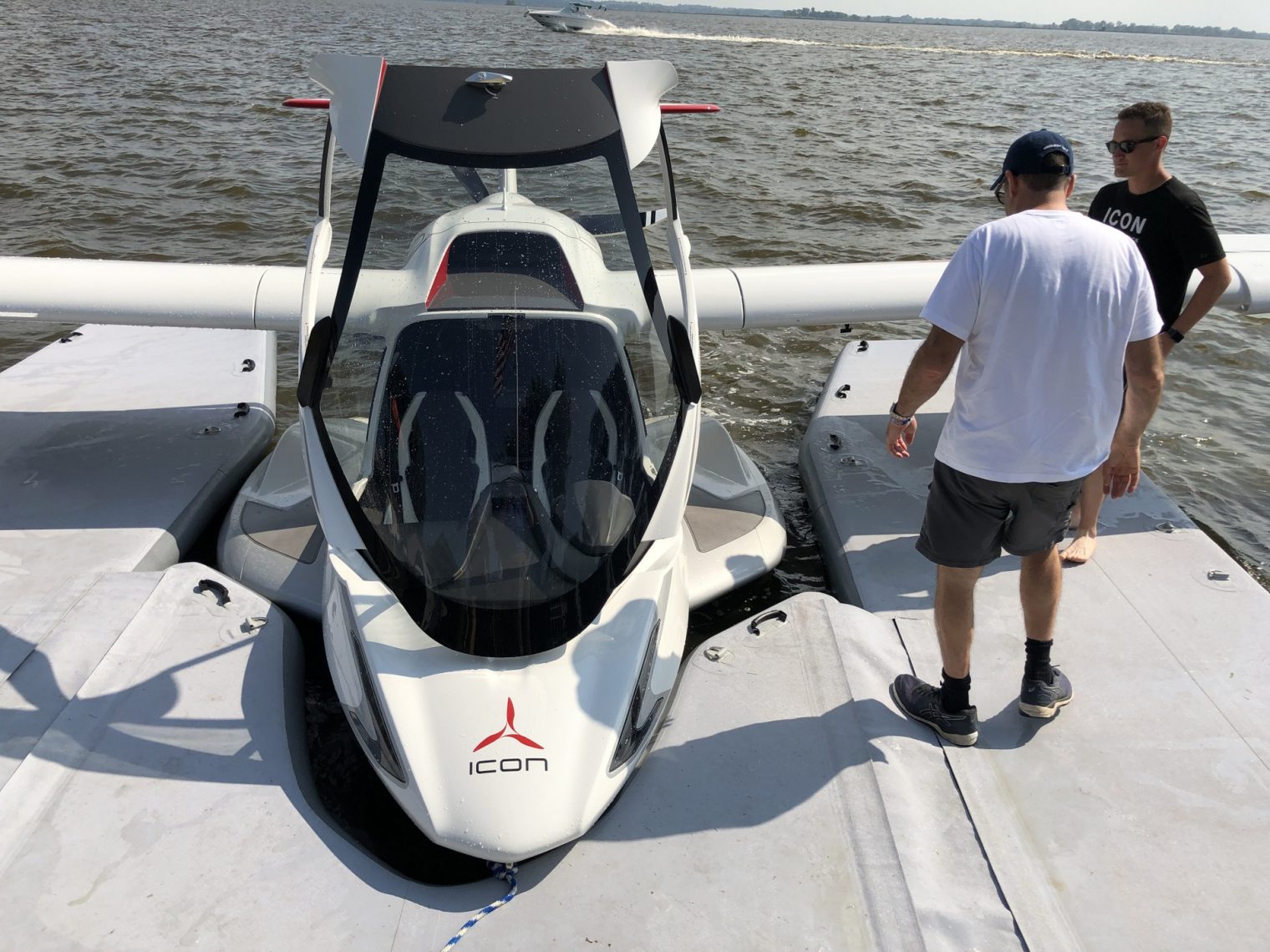One of my personal highlights at Oshkosh this year was a demo flight in the Icon A5.
I’ve been something of a skeptic regarding Icon at its $400,000-ish price (but the company has been making a lot of changes recently, so perhaps it will be re-priced soon?). But there is no way to justify any airplane as a rational purchase. A $30,000 Honda Accord is a much better machine for transportation, and generally quicker (when you subtract out all of the required training time, currency time, hanging out with friends at the airport time, and waiting out the weather time) than a $1 million Cirrus. The Icon is not “more irrational” than the Cirrus. They’re both simply “irrational” and, if someone has the money and enjoys the toy, why not?
First, the summary: the A5 is actually a great airplane for the owner of a lake house who wants to use it like a Jetski and zip around for 20 minutes before returning to base. The airframe, designed by Rutan alum Jon Karkow (who received a posthumous shout-out from Burt Rutan at Oshkosh this year), seems to have met all of the design goals. There are no sponsons underneath the wingtips to catch in the water and thereby capsize the aircraft while taxiing (see Lake Amphibian!). The plane seems to be quite forgiving in terms of landing attitude. It would be difficult to dig in and flip as is straightforward to accomplish with a Cessna on floats. As discussed below, the avionics should be more advanced.
Why does anyone care about a two-seat amphib? It seems that those who are jaded regarding small planes on wheels still love the idea of a seaplane. I posted some photos from the Icon A5 demo flight on Facebook and watched the Likes pile up. A comparable post regarding the Cirrus SR20 would have elicited only yawns.
Considering how few two-seat amphibious seaplanes are out there, this is a surprisingly active corner of the airplane industry. In addition to Icon, there is the Searey, the ATOL (a wooden design from Finland whose executives were at Oshkosh talking about how it will soon be certified in Europe and will have more payload than the Icon (but can wood hold up as well as the solid block of carbon fiber and plastic that is the Icon?)), and the Brazilian Petrel, plus probably a few more purely experimental designs.
Life is a lot simpler if you can set up Icon’s special dock (my video):
(This is why the Alaskans love their Cessnas on floats; pull up to any boat dock.)
After we left the dock, some water came into the cabin through the air vents, presumably due to the 8-12″ waves (close to the limit of what is reasonable). This is a non-issue as the Icon is at least half watercraft. A bilge pump will move the water overboard.
It is easy to maintain directional control at low speeds thanks to water rudders. Unfortunately, the pilot needs to remember to extend these below 10 knots (via a panel switch) and then retract them or risk them being ripped off during a high-speed taxi. Given that the GPS knows the aircraft’s ground speed, why can’t this be automatic?
With two average sized American guys on board, staying under gross weight is possible only with one hour of fuel and some prayer. Despite being right at gross weight, on a hot day, and in rough water, the A5 had a reasonable take-off run and climb performance. Getting up on the step is much simpler than in a conventional plane on floats.
Cruising around in the pattern with the side windows removed, the experience is noisy, even with Bose noise-canceling headsets. This is definitely not going to be comfortable for a long trip. But, again, if the mission is “take a weekend guest up for a unique and fun experience,” fatigue from the noise is not an issue.
Landing is almost idiot-proof (though, despite being a legal seaplane CFI, I was happy to have the Icon factory CFI sitting in the right seat!).
What didn’t I love? The gear handle and gear lights are not in the primary instrument cluster. They are down and to the right. A pilot with tunnel vision won’t find these in his or her scan. Absent avionics smart enough to say “Your wheels are down and yet you aren’t headed for a runway in the GPS database. Remember not to land wheels-down in the water,” there is a risk of landing wheels-up on a runway or wheels-down in the water.
Is this a real-world risk? With only a handful of planes delivered to customers, we already have “Icon A5 Flips On Water Landing” (June 25, 2019):
Both pilot and passenger suffered minor injuries after their Icon A5 flipped on landing at Okanagan Lake, West Kelowna, British Columbia. Police reports and post-crash video suggest that the Icon’s gear was extended for the water landing, likely to be the cause of the flip-over.
Rumor has it that at least a couple of owners have landed gear up on runways (oftentimes not reported to the NTSB and not in the accident database).
The Garmin portable GPS that is mounted in the center of the panel is the opposite of smart. It shows runways and water. Apparently running the stock Garmin software for a plane on wheels, it shows a red warning every time the Icon A5 is properly configured for a normal wheels-up landing in the water (that’s an impact with terrain as far as the Garmin knows!).
Summary again: If I had a lake house, I would seriously consider buying one! It is a reasonable value and a great achievement in terms of airframe design. Evaluating the Icon A5 against a Cessna on floats is an apples to oranges comparison that doesn’t make sense. The Icon is its own thing and the airframe is a huge improvement over the competition.
Related:
Full post, including comments 
